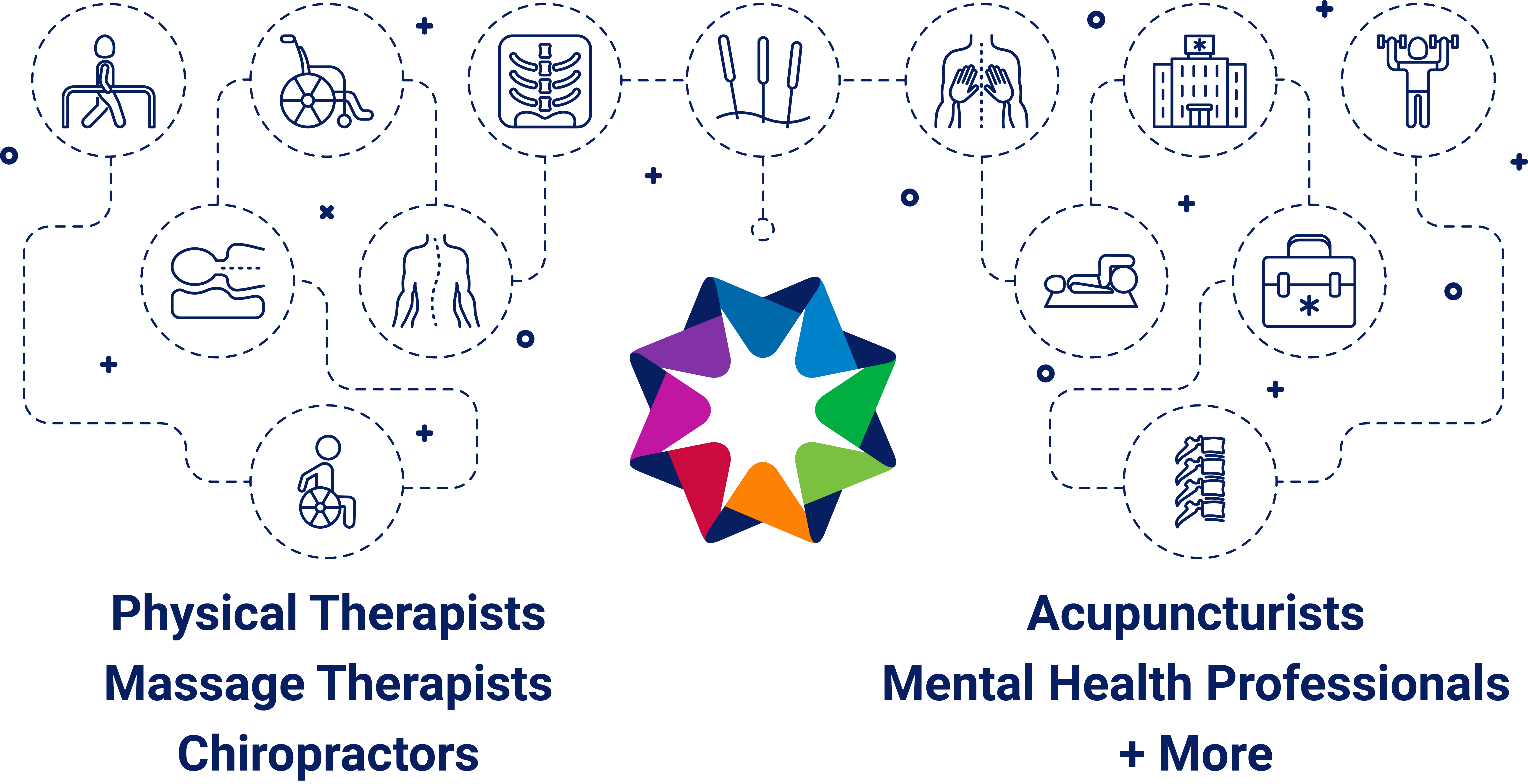Osteoporosis
Understanding Osteoporosis:
Osteoporosis is a condition that renders bones weak and brittle, elevating the risk of fractures. Often referred to as a silent disease, its progression is unnoticed until a fracture occurs, signaling advanced stages.
Causes of Osteoporosis:
Primarily linked to aging, osteoporosis results from the gradual decline in the body’s ability to renew bones. In youth, bone renewal outpaces loss, but by age 30, the balance shifts.
Several risk factors contribute to osteoporosis, including low calcium intake, lack of physical activity, certain medical conditions (cancer, celiac disease, kidney disease), excessive alcohol consumption, smoking, and prolonged use of corticosteroid medications.
Signs and Symptoms:
Early stages of bone loss may exhibit no noticeable signs. However, as bones weaken, symptoms can include:
- Loss of height over time (due to compression fractures in vertebrae)
- Stooped posture
- Back pain
- Stress fractures
- Broken bones from routine activities or minor impacts
Treatment Approaches:
- Physiotherapy: Offers tailored exercise programs to strengthen bones and enhance balance, reducing the risk of injury.
- Medications: Various drugs, with bisphosphonates being common, slow bone breakdown to treat osteoporosis.
- Hormone Therapy: Applied cautiously due to potential side effects, aims to address osteoporosis with the lowest effective dose for the shortest duration.
Physiotherapy for Osteoporosis at Activa:
Our physiotherapists craft personalized treatment plans integrating diverse therapies, including exercise education, functional limitation strategies, massage, chiropractic care, acupuncture, aqua therapy, functional braces, custom orthotics, and vestibular rehabilitation.
Preventing Osteoporosis:
- Avoid Smoking: Smoking accelerates bone loss.
- Moderate Alcohol Consumption: Excessive drinking (more than two drinks daily) can impede bone formation.
- Consider Supplements: Evidence suggests that soy and vitamin K-2 supplements may lower the risk of bone fractures.


Cost and Coverage
Like many of our services, our physiotherapy treatments are often covered through employer, auto, or disability insurance. So treatments can be available at little or no cost to you. Get in touch or schedule a consultation to learn more.
